Side return extension costs — how much will it cost you to add space and will it be worth it?
Trying to budget for your side return extension costs? Our guide makes it easy
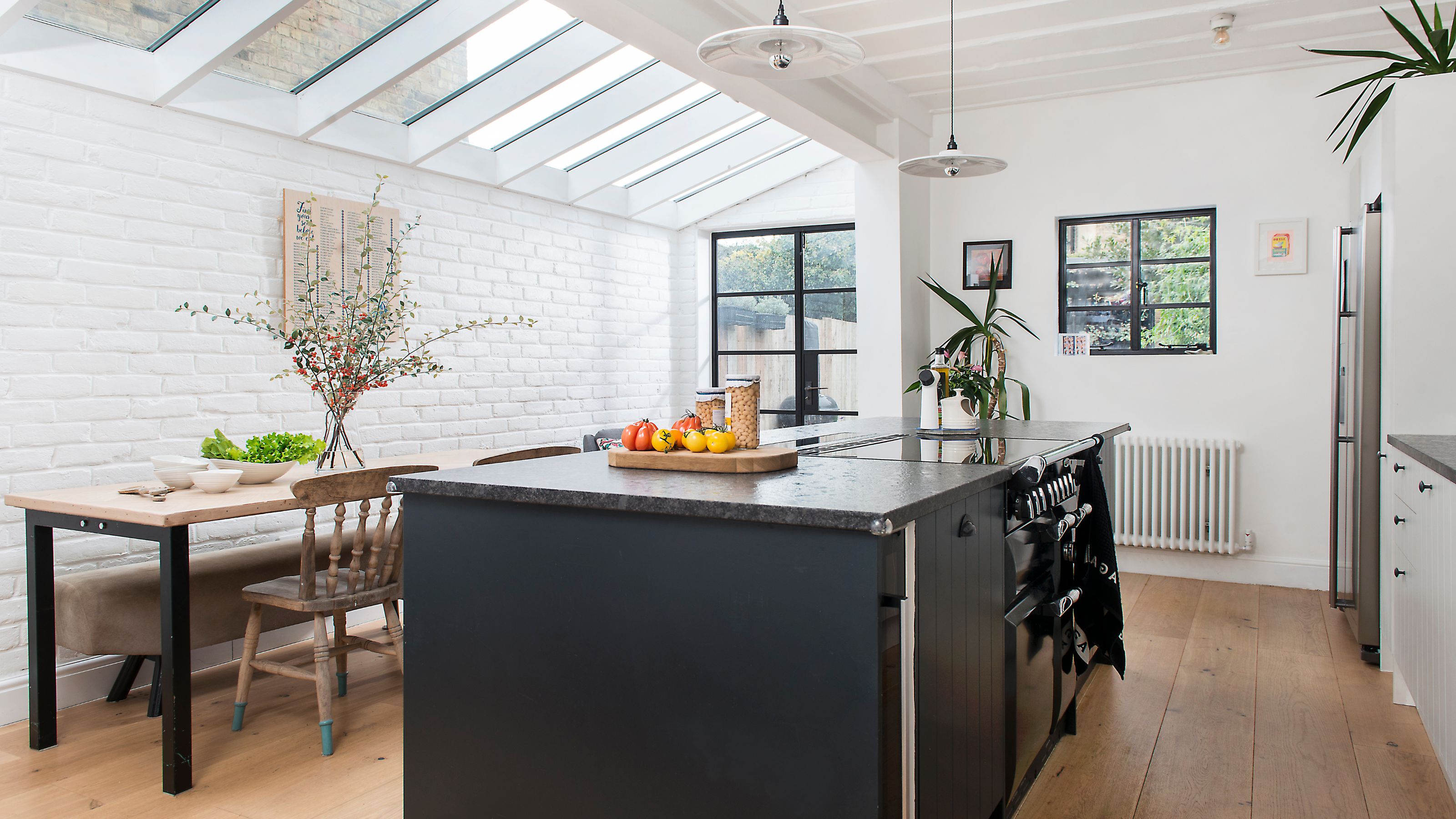

While side return extension costs can be a little kinder on the bank balance than some other types of extension, there are definitely certain factors that send them soaring – but being aware of these from the offset helps enormously.
Your individual side return extension ideas need to be based on the style of your house, as well as what you want to use your new space for – but in many cases, side return extensions work brilliantly.
A type of side extension, they utilise the often wasted strip of land that runs down the side of many houses, in particularly terraced houses and some semi-detached properties.
We asked a range of experts of what homeowners considering building an extension of this type of project should be prepared to pay so that you can decide if this is the right option for you.
How much does a side return extension cost?
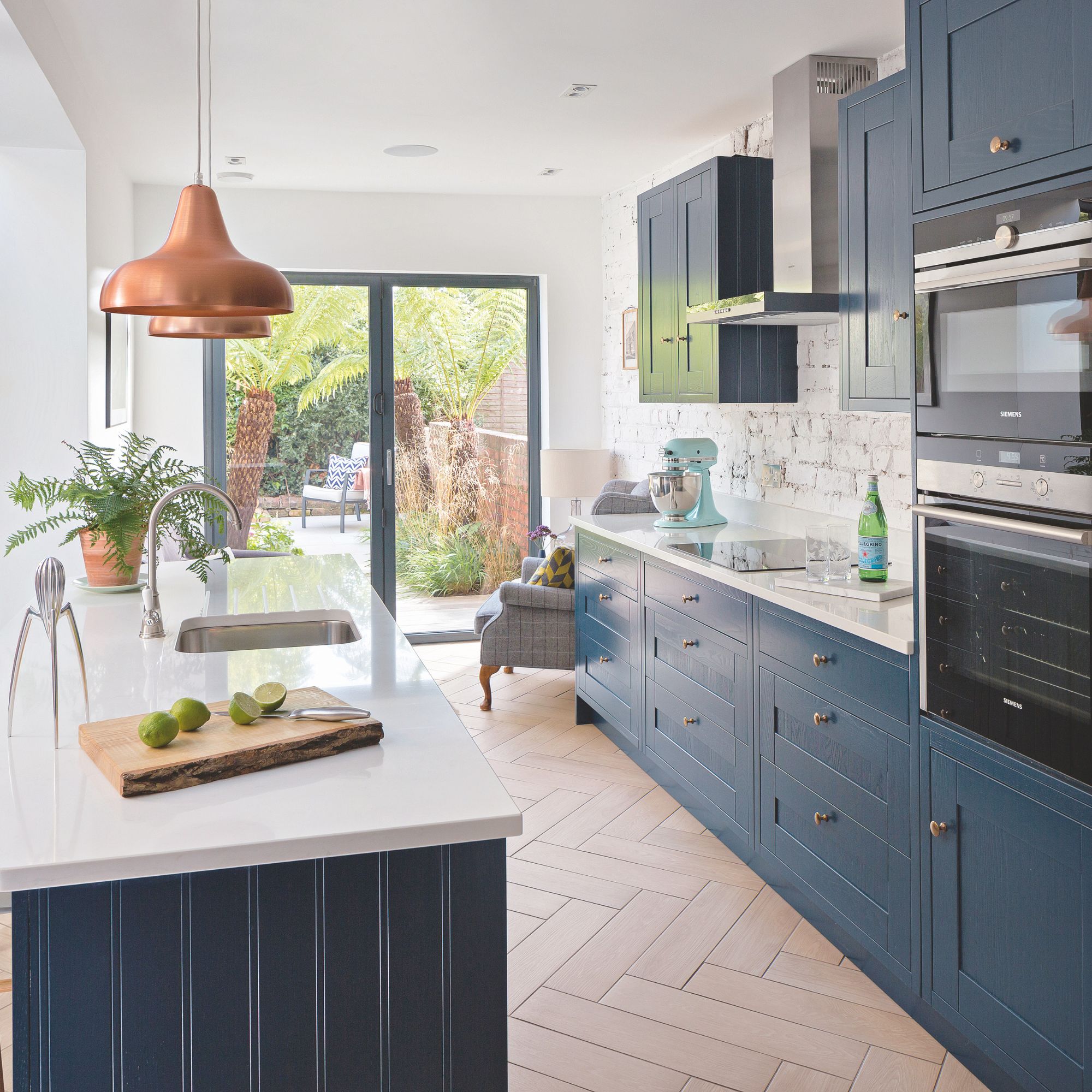
Side extension costs can vary depending on a few factors, including size, type, materials. So, how much should you budget for a side return extension?
While every project is going to be different, it is still quite possible to get a good idea of the kinds of quotes you can expect to get back from your builders.
'Budget from £2,500 to £3,500/m2 plus VAT,' advises architect James Munro of Pace Architecture. Something that architect Graham Ford of Graham Ford Architects agrees with.
Get the Ideal Home Newsletter
Sign up to our newsletter for style and decor inspiration, house makeovers, project advice and more.
'Side return extensions generally cost £3,000 plus vat per m2 in central London,' says Graham. 'Outside of London the costs will be less so check with your architect or builder.'

Graham is the founder of Graham Ford Architects and has over 22 years experience working on residential, academic, sustainable and commercial projects including the London 2012 Olymplic Games. He's the author of "The Total Environment Masterplan" and has lectured at the Universtity of Manchester, Reading and Portsmouth.
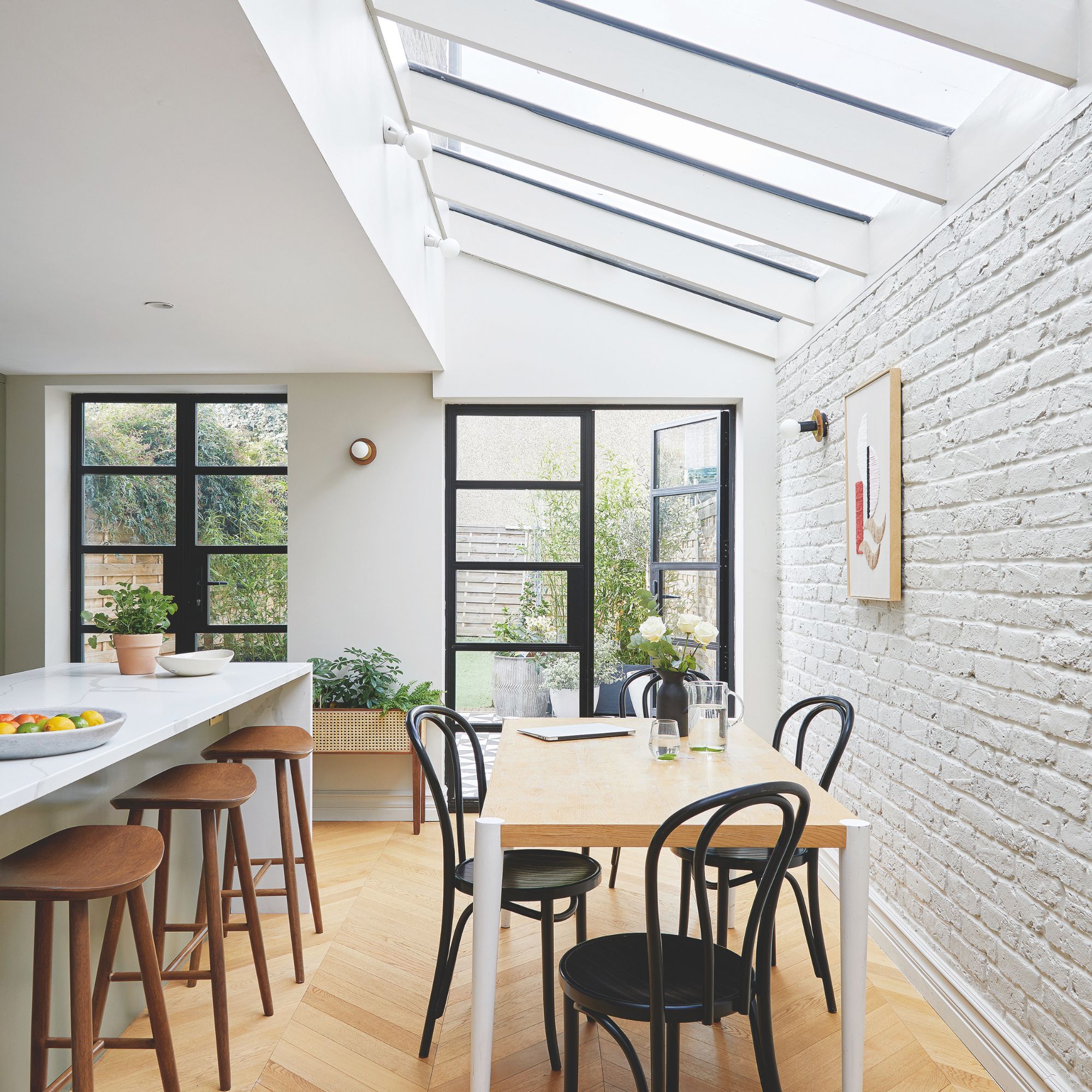
'The average cost of a side return extension in London could be anywhere from £45,000 including VAT upwards, but the actual cost will depend on a large number of factors,' explains Rob Wood, MD of Simply Extend.
One of the biggest influencing factors on the cost of your extension will be the specification you are aiming for. If you are looking for something fairly simple, using standard, off-the-shelf fixtures and fittings, your quotes could come in at what Checkatrade estimates to be at the lower end of average costs at £1,500/m2.
However, if you are aiming for a really luxurious finish and will be including lots of glazing, sliding doors and striking architectural details, you could be looking at costs of upwards of £3,500/m2.
'Cost will depend on everything from the size of the proposed side return extension, to the materials used, the specification of the finish and whether any groundworks or other site challenges need to be overcome,' explains Rob Wood. 'The amount of work involved will have a big impact on the quote and a small side return extension cost is likely to be lower than a larger one, but this may depend on the complexity of the project.'

Along with his wife Helen Wood, Rob founded Simply Extend. Robert was originally a project manager of railway and underground construction in London until he left in 2008 to set up the Simply Extend, Simply Loft firms and, more recently, Simply Basement. These firms now make up the Simply Construction Group.
Hidden costs of side return extensions
While it shouldn't be too hard to get a rough idea of what your extension costs will be, it is so important to be aware of the most common factors that drive prices up. Knowing in advance of those choices that could send costs soaring will avoid any nasty surprises or delays in the build schedule.
One of the biggest things that will push up the cost of your extension is what you will be using it for. In short, if kitchen extension ideas are top of your list then this is going to be a much more expensive project than for someone who is only planning on using the added space as somewhere to place a dining table.
To give you an idea of how much higher costs for a kitchen side return extension are, Checkatrade put them at between £5,000 and £14,000/m2.
Other hidden costs to be aware of include:
- Planning permission: While not all side return extensions require planning permission, if yours does, you will need to factor in the cost of this. Budget around £258.
- Party wall agreement: In some cases, where your extension will affect a wall shared with a neighbour (a party wall) you will need to obtain a Party Wall Agreement. If you need the services of a party wall surveyor, HomeOwners Alliance estimate average costs of £1,000 for a Party Wall Agreement.
- A Build Over Agreement (BOA): If your extension will be built over a public sewer or within 3m of one, you will require a BOA with your local water company. The price will depend on your water company, but budget at least £200 to be on the safe side.
- Building regulations approval: All projects require building regulations approval, regardless of whether or not they need planning permission. Costs vary depending on the size of the extension, but average fees for an extension up to 10m2 sit at around £450 + VAT. If you need a full plans and inspection service with a building notice, you could expect prices closer to £500 + VAT.
- Professional fees: It is really easy to forget to include professional fees when budgeting for an extension project. You need to consider everything from architect or house designer fees to structural engineer costs, plumbers, electricians and plasterers.
- Glazing: While this isn't a hidden cost as such, just be aware that to be successful, side return extensions need to bring in plenty of light to existing spaces – and this can mean lots of glazing, which tends to be expensive.
How can you lower the costs of a side return extension?

Just as with any type of extension, there are certain steps you can take to minimise costs a little. Most of these mean that homeowners need to take more of an active role in the build and could require time to be spent shopping around too, such as when looking at how to save on a new kitchen.
If you are looking to make savings, consider the following:
- Stick to standard sizes: Oversized window and door openings mean you will need custom made glass and fittings which will push costs up.
- Act as project manager: Running the project yourself will save you thousands. Do be sure you have the time and knowledge to do this though.
- Shop around for the best deals: Sounds obvious but it can be all too tempting to buy everything from the same supplier or as a package to save time and effort – this rarely results in the lowest quotes.
- Keep things simple: Rather than getting seduced by a whole host of architecturally striking angles and features, be aware that all of this will equal more money. If you want to save, keep things simple.
- DIY wherever you can: While you may not be super confident of your DIY skills, there are plenty of jobs within the capabilities of many homeowners that see them making significant savings. Consider tackling painting, tiling, laying flooring and small jobs like grouting and sealing bathrooms – and look into how to paint interior windows too to make even bigger savings.
Essential DIY extension toolkit

Rolling up your sleeves and getting decorating will save you so much money on your extension. This painting kit contains everything you need to get the job done, including a selection of rollers and brushes, paint tray and mixer and masking tape.
Will a side return extension add value to your home?
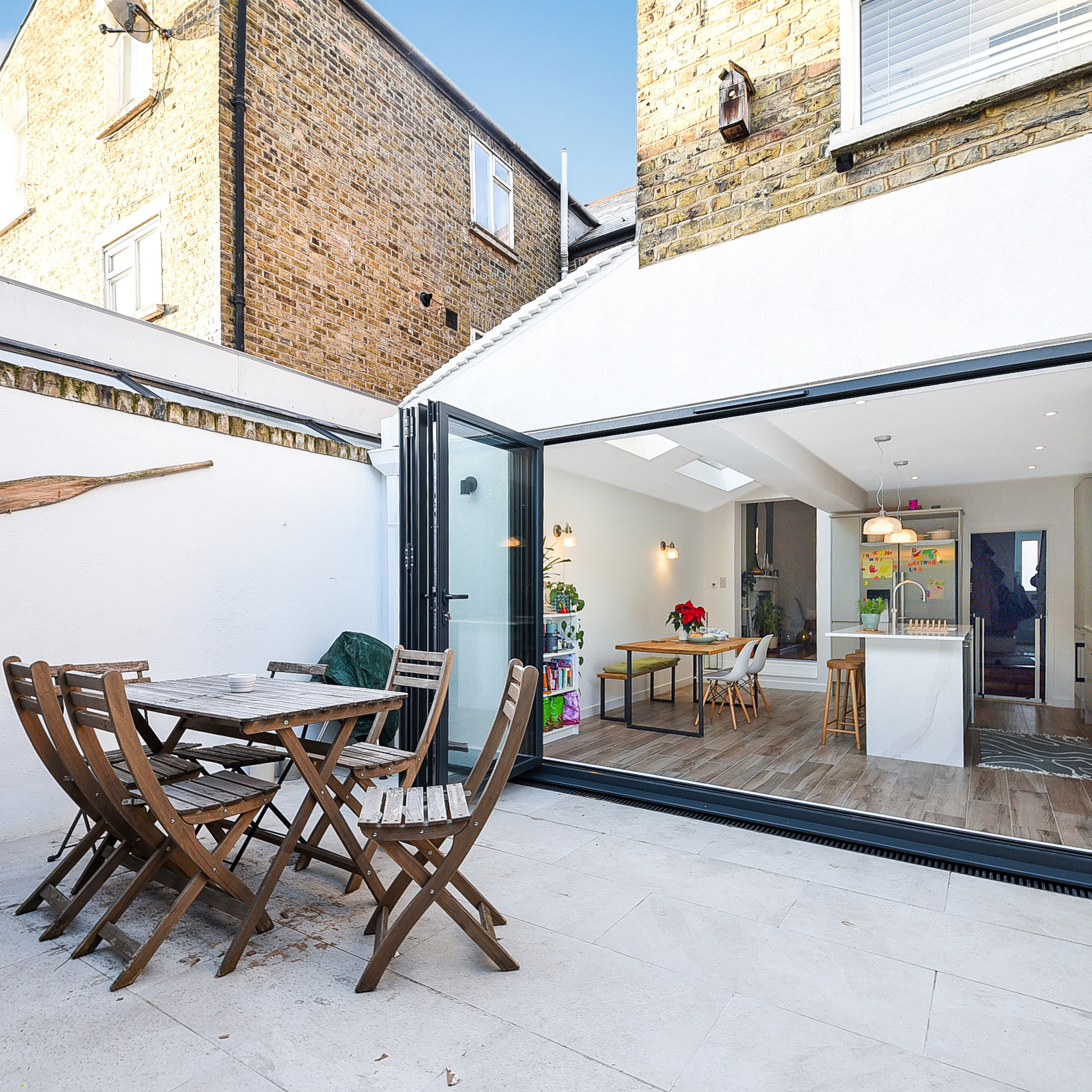
As well as adding space to your home, a side return extension can also add value – but how much?
Architect James Munro says that he expects the value added would be between two to three times the £2,500 - £3,000/m2 he estimates they cost to build.
'Look at how much improved the house could be, and the saleability of the property,' he points out. 'Many houses are sold on the basis of a beautiful and large practical kitchen, family space.'
'The value they add will depend on how much houses sell for per m2 in your area,' adds Graham Ford. 'You could get a valuation from a local estate agent to check what they believe your house would sell for with the extension and then divide this by the square metre rate. Otherwise, compare what the neighbours houses sold for with a similar extension to what you are thinking.'

James is an architect with over 20 years experience working on homes for clients. He has delivered many complex large scale renovations, including new basements, swimming pools and multi-unit mixed used developments for commercial clients. His expertise includes working on listed buildings and obtaining challenging planning consents across all London Boroughs and across the South-East. His ethos for a successful end result is having a collaborative, customer-centric service with an emphasis on attention to detail, considered design solutions and high-quality materials and suppliers, as well as working with trusted partners in the construction industry.
FAQs
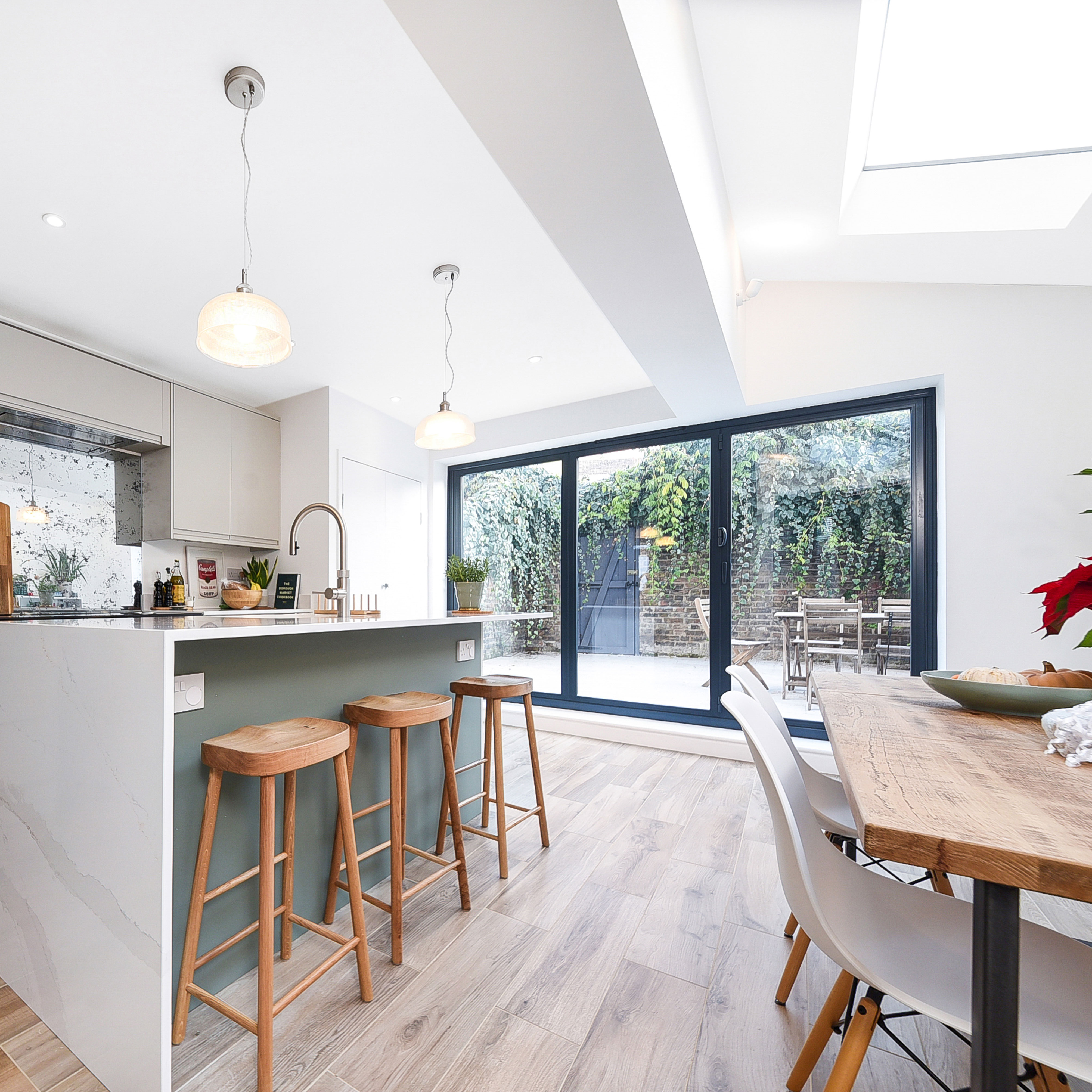
What is the cheapest type of extension?
It is important to say that the cost of any extension depends very much on its specification and the amount of involvement that the homeowners are willing to undertake.
That said, one of the cheapest types of extension are single storey lean-to extensions. These simple, rectangular or square structures are built off the existing house and feature a slightly sloping roof. They are ideal for anyone looking for small kitchen extension ideas.
Two-storey extensions will understandably cost more, but can actually turn out more cost effective. So make sure you weigh up the single vs two-storey extension debate when you're thinking about extending your home.
If you are considering a side return extension as a way of achieving your dream cooking and dining space, check out our kitchen ideas for all the inspiration you need.

Natasha has been writing about everything homes and interiors related for over 20 years and, in that time, has covered absolutely everything, from knocking down walls and digging up old floors to the latest kitchen and bathroom trends. As well as carrying out the role of Associate Content Editor for Homebuilding & Renovating for many years, she has completely renovated several old houses of her own on a DIY basis.
-
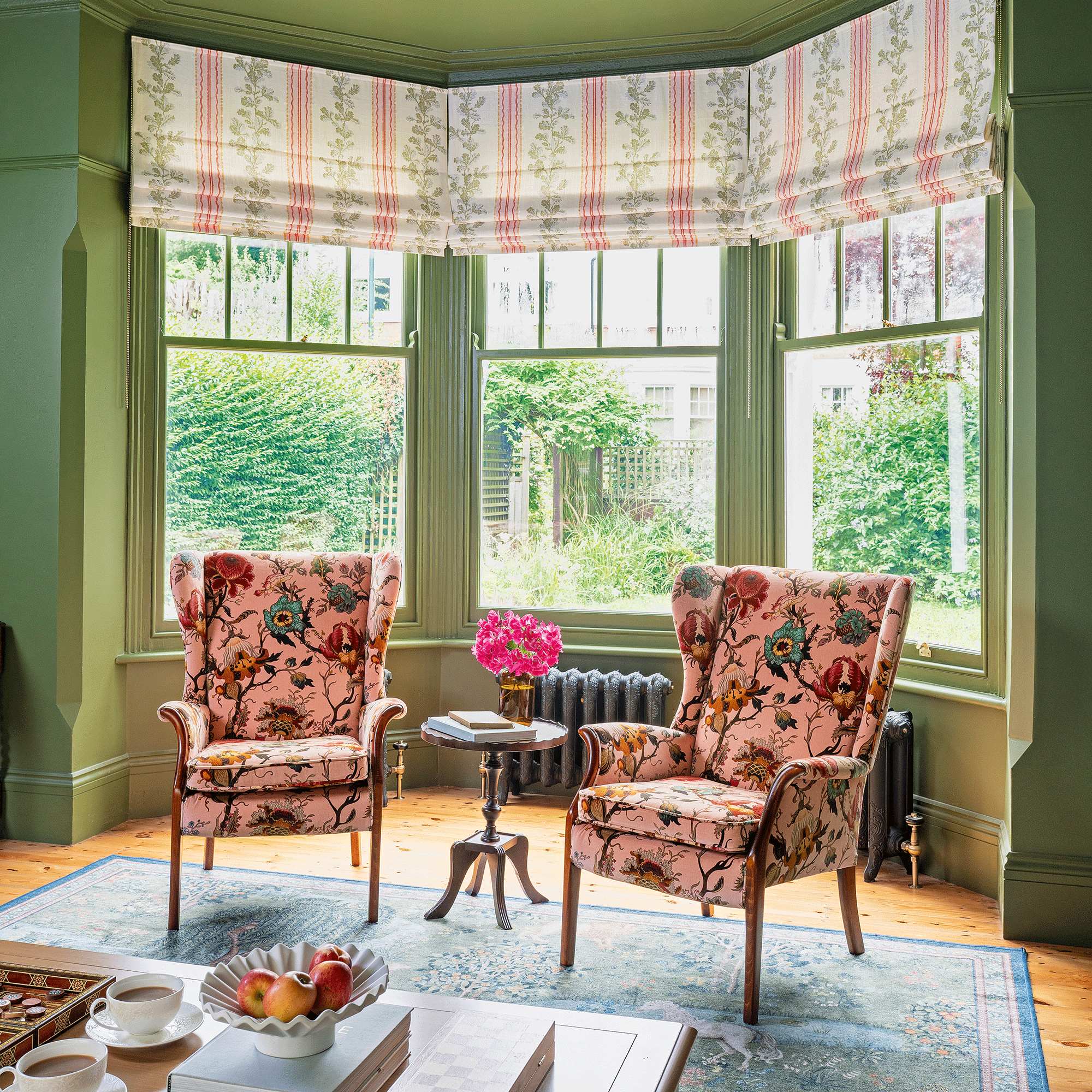 A strict colour palette and vintage finds have turned this semi-detached Edwardian house into an elegant family home
A strict colour palette and vintage finds have turned this semi-detached Edwardian house into an elegant family homeSticking to a three-colour palette of green, pink and yellow and mixing in plenty of vintage furniture and art has created an authentic period feel
By Stephanie Smith
-
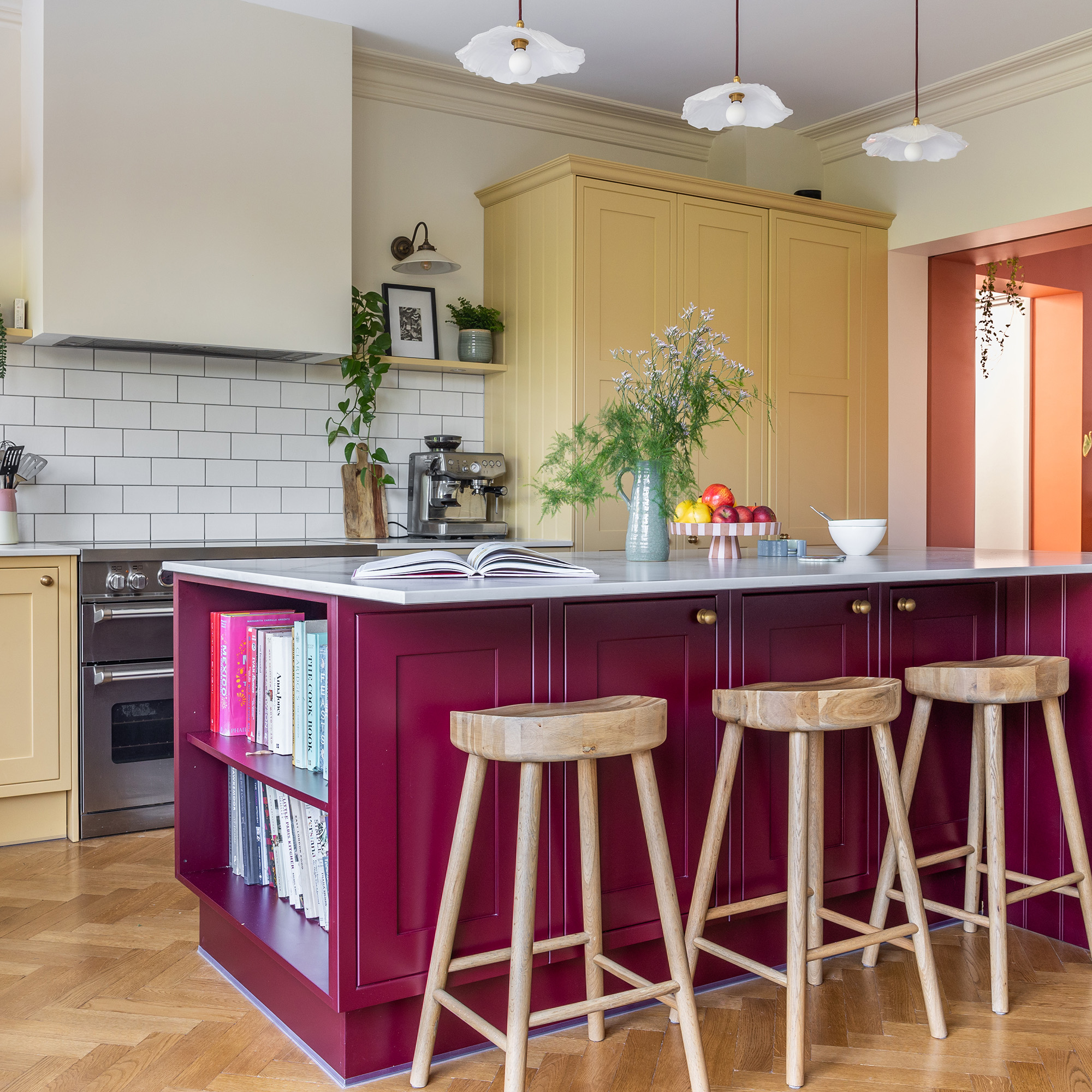 A top-to-bottom renovation has turned this Edwardian house into a lovely family home
A top-to-bottom renovation has turned this Edwardian house into a lovely family homeWith a few considered structural changes, this period house has been turned into a family home and has created a sanctuary for years to come
By Maxine Brady
-
 How to heat a conservatory
How to heat a conservatory7 practical options to consider for year-round comfort
By Amy Reeves
-
 Electric heater vs electric blanket — heating experts weigh in on the effectiveness (and affordability) of these winter warmers
Electric heater vs electric blanket — heating experts weigh in on the effectiveness (and affordability) of these winter warmersConstantly cold at night? Experts weigh in on whether an electric heater or electric blanket will suit you best
By Lauren Bradbury
-
 How many electric heaters do you need to heat a house? It all depends on these 5 things, according to experts
How many electric heaters do you need to heat a house? It all depends on these 5 things, according to experts5 things to consider if you want to know exactly how many you’ll need to beat the chill this winter
By Lauren Bradbury
-
 ‘This is how we saved £25,000 on our extension — it never would have been affordable otherwise'
‘This is how we saved £25,000 on our extension — it never would have been affordable otherwise'See how we turned an ugly car port into a luxury media room on a budget
By Laura Crombie
-
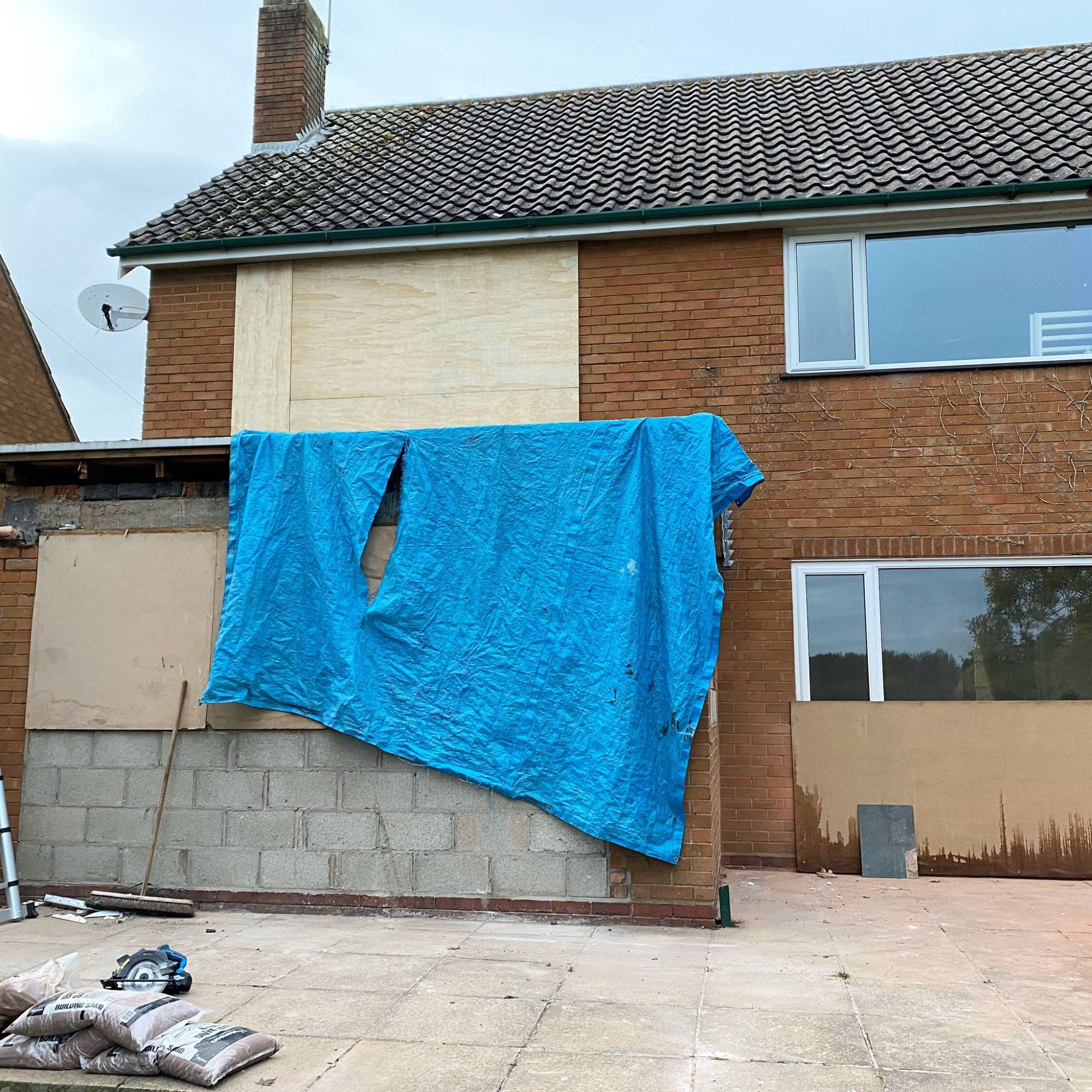 How to make the most of living on-site during a renovation project — according to those who have done it
How to make the most of living on-site during a renovation project — according to those who have done itThis is what it's like to live on-site during a renovation project, and how you can make the most of it, by those who have been there, done it and lived to tell the tale
By Sarah Handley
-
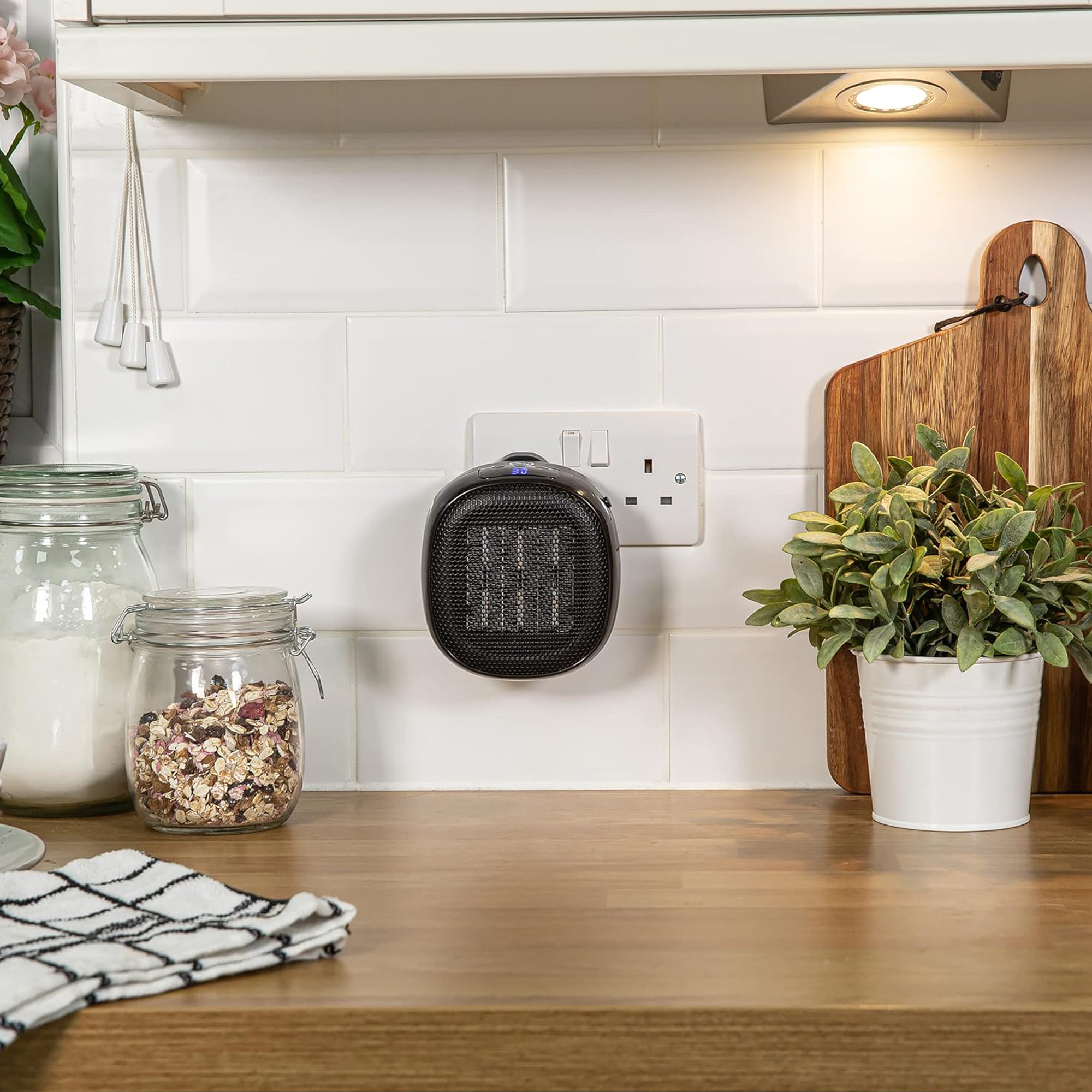 Is a ceramic heater or oil-filled radiator better for warming a home? The pros and cons to consider before investing
Is a ceramic heater or oil-filled radiator better for warming a home? The pros and cons to consider before investingWe spoke to industry experts to help you decide which heater to invest in to warm up your home
By Eilidh Williams
-
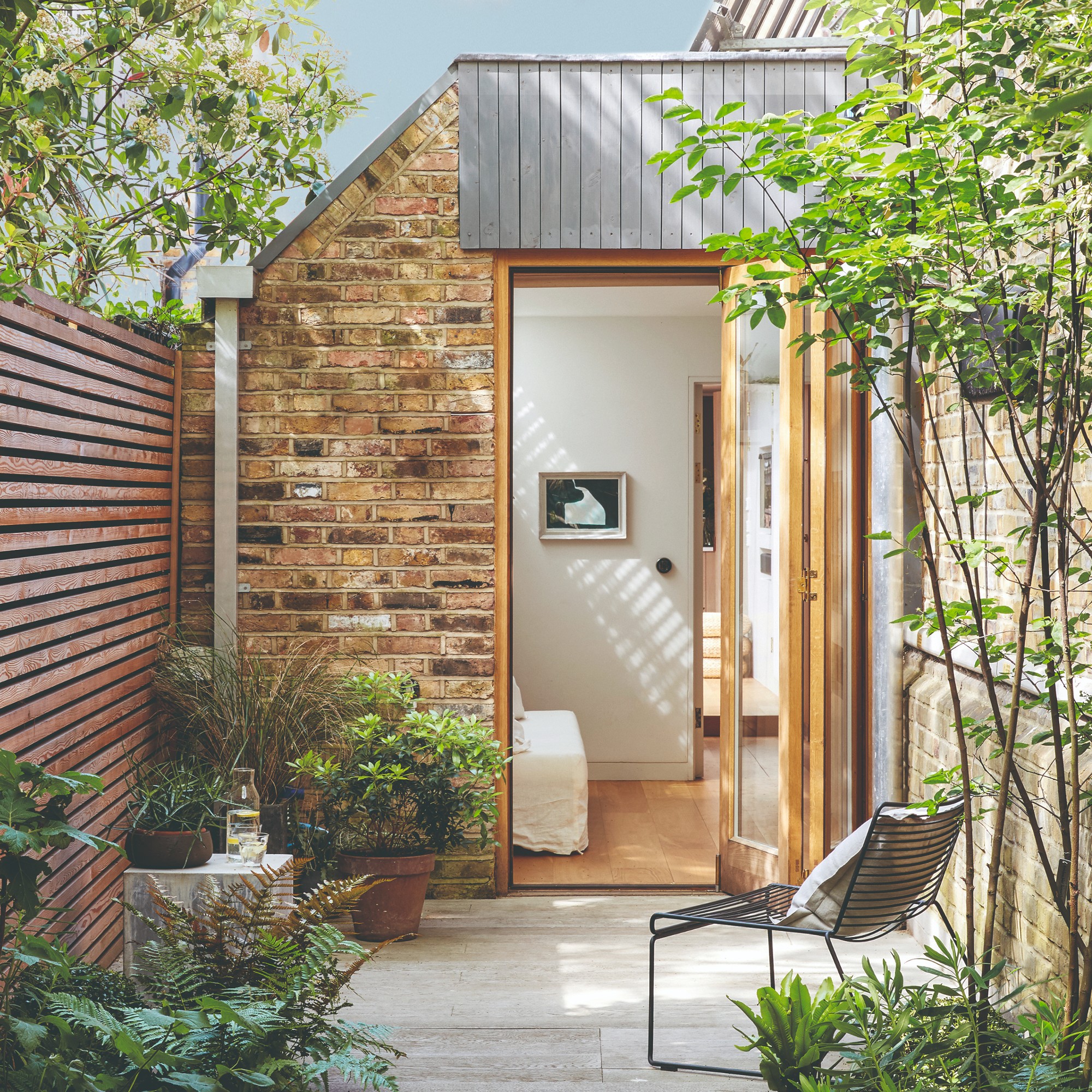 Single storey extensions — the ultimate guide to adding more space to your home
Single storey extensions — the ultimate guide to adding more space to your homeConsidering a single storey extension as a way to add space and value to your home? Our expert guide takes you through everything you need to know, from permissions and budgeting to foundations and the realities of living on-site
By Natasha Brinsmead
-
 Can I leave an oil filled radiator on overnight? – Here’s what you need to know
Can I leave an oil filled radiator on overnight? – Here’s what you need to knowWe asked the experts about the practicalities, both in terms of safety and your energy bills
By Ellis Cochrane
-
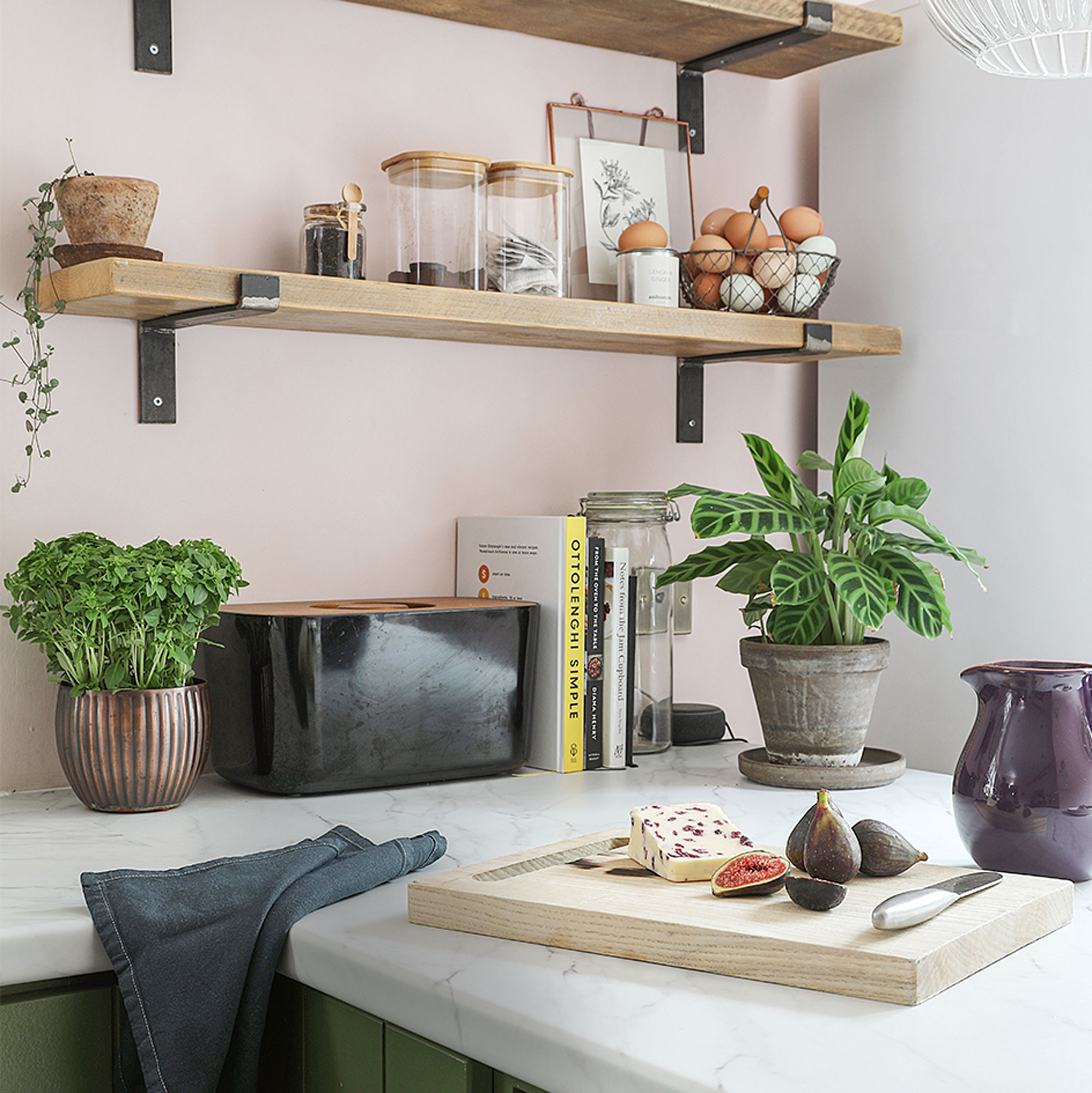 I've set up a temporary kitchen during our renovation — these are the 3 appliances I've invested in to make cooking so much easier
I've set up a temporary kitchen during our renovation — these are the 3 appliances I've invested in to make cooking so much easierWho needs an oven anyway?
By Jenny McFarlane

